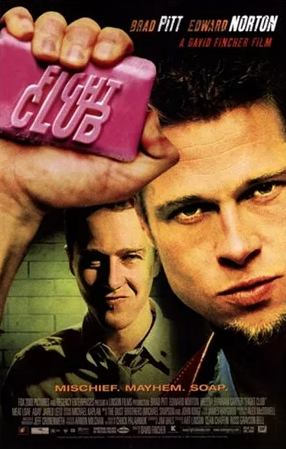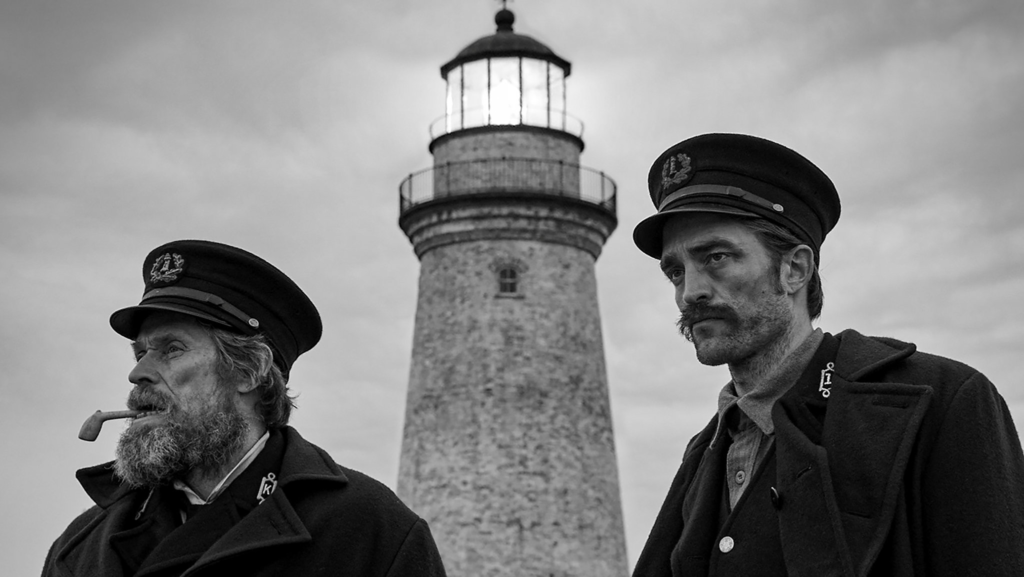Point 3 – Representations
Throughout both of the films’ runtimes, many of the themes and representations are akin to one another, such as the representation of the human condition, familial structures, the roles of men and women, and how they’re represented appropriately to their eras.
In Kubrick’s The Shining, the narrative follows a nuclear family of three and demonstrates how the past often haunts people in their futures, and just how easily people can fall back into alcoholism and addiction, and what it does to their family and those around them – even outside of a haunted hotel with a traumatic history. This same theme follows similarly within Eggers’ film, the two men falling into alcoholism and delirium as the weeks go by, resulting in them behaving more violently and aggressively toward each other.
In both films, the human condition is a key factor that drives the plotline forward, particularly within their male characters. The mental state of both Jack Torrance – Jack Nicholson’s character – and Ephraim Winslow – Robert Pattinson’s character – are presented as increasingly fragile as each film progresses, part of this being the lack of help they received in light of their behaviours – as up until recent times, far from when both films were set, the role of a man within society was to be independent, aggressive, and dominant. Because of this, it was seen as ‘weak’ to be vulnerable, and so the men in both stories decline further into these traits, becoming more erratic until they finally break down into a murderous rage in the climaxes of their respective stories. Another part of this is the lack of understanding the men have for themselves, and the uncertainty that comes with it – something that’s played upon by the catalyst of the paranormal – the only solace they find being what both Torrance and Winslow find to be their ‘answers’ – alcohol and the lighthouse’s beacon – which they’re told to avoid and stay away from.
Women in the two films are also represented similarly, in the sense that they’re consistently objectified for the male protagonists’ sexual pleasure – such as the woman in the bathroom and the mermaids. Liesbet Van Zoonen theorises that gender is a societal construct, and argues that its meaning varies dependent on cultural and historical context – and evidently so; the stereotypes of males and females are highly reinforced throughout the plotlines. However, due to the the horrific acts the male characters in these films commit, it could be argued that it spits out the opposite image back into society – and that these types of worldviews can often lead to a sense of superiority over people that these characters deem as weaker.









